
Health & Medicine
Helping people with severe mental illness live longer and healthier
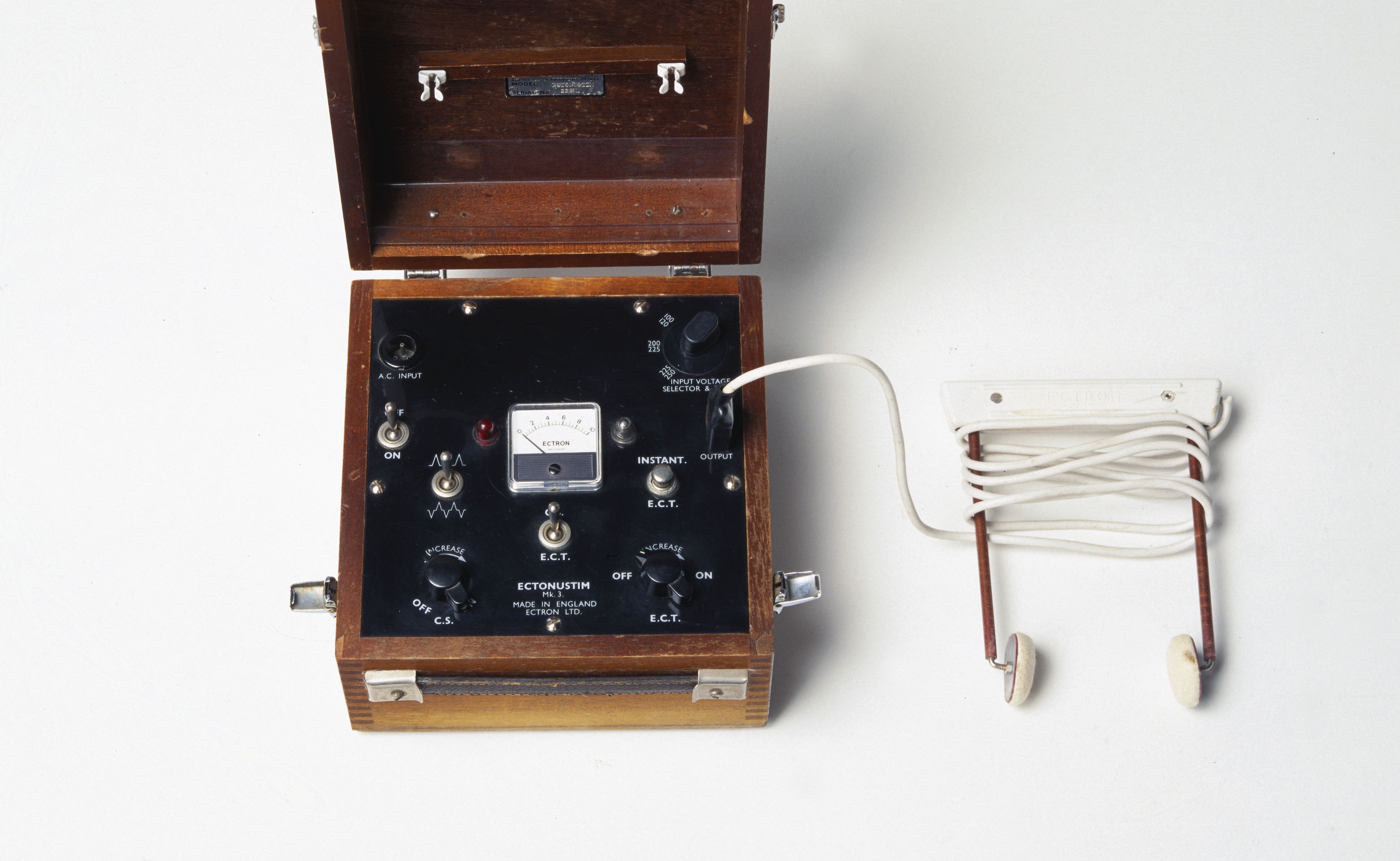
Many people still think of electroconvulsive therapy as a barbaric treatment, often dramatised in movies, but modern ECT that includes patient’s families can help dispel the stigma
Published 16 April 2019
Thanks in part to movies like One Flew Over the Cuckoo’s Nest, electroconvulsive therapy (or ECT) still has a big image problem.
For many, it conjures visions of patients in straight-jackets jerking uncontrollably as electric pulses ‘fry their brain’. Popular films like Ordinary People (1980) and The Hudsucker Proxy (1994) also featured ECT and its apparent horrific zombie-like side-effects.
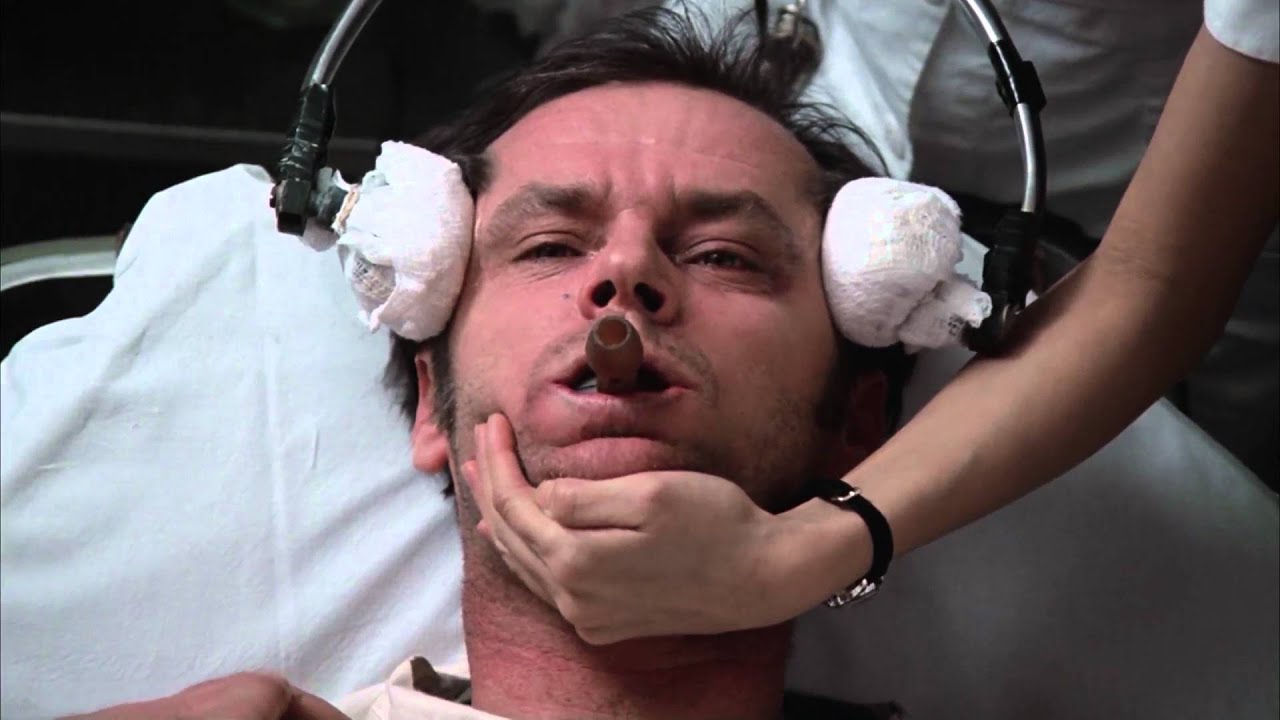
But research shows that the modern version of ECT is a safe and effective treatment for mood disorders. However, a stereotyped view of ECT as cruel and outdated persists among some health professionals.
Dr Alby Elias, from the University of Melbourne’s Department of Psychiatry, is working hard to dispel these myths around ECT. He recently led a study, published in the Journal of ECT, which found that when families observed ECT as it was administered to their loved ones, most found it a positive experience.

Health & Medicine
Helping people with severe mental illness live longer and healthier
“ECT is seen as dangerous for a number of reasons. These include the notion that electricity passes through the skull, that it ‘fries your brain’, and because movie scenes depict patients suffering violent movements, like severe jerking, while being treated against their wishes,” says Dr Elias.
“Other factors include past abuse of ECT for things like homosexuality, antipsychiatry movements, and media portrayal of ECT as a barbaric treatment.
“But ECT can be effective for mood disorders such as depression and works well even when medications fail.”
When anaesthesia was introduced in the late 1960s, the treatment was administered while the patients were asleep. Muscle relaxing medications eliminated the severe jerks, uncomfortable movements and injuries.
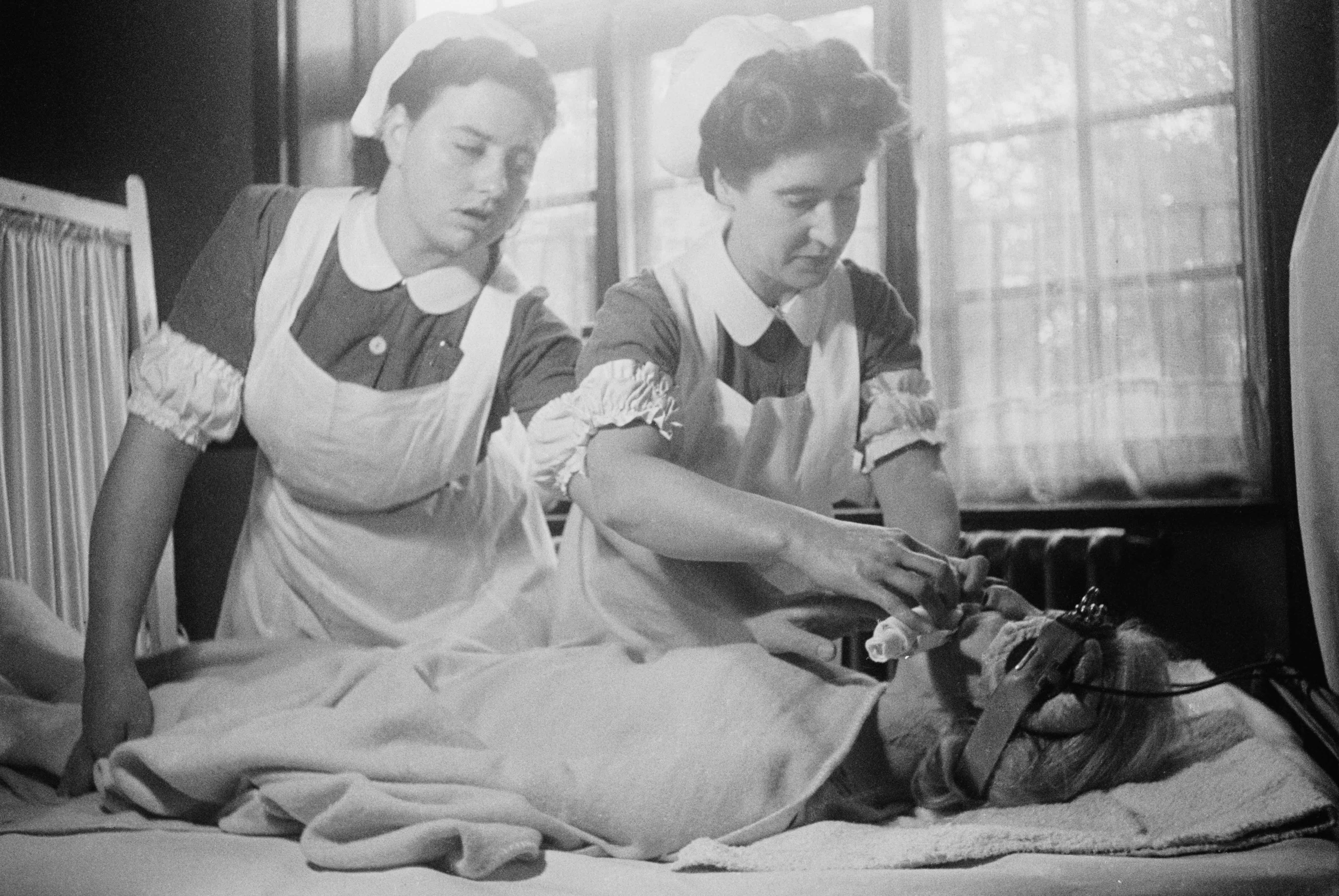
Newer techniques also greatly minimise the memory loss that was a disturbing side effect of earlier ECT methods.
The procedure now involves gluing ECG leads to the head to monitor seizure activity in the brain after anaesthetic and muscle relaxants are given to the patient. ECT machine electrodes are placed over the head and electric pulses are delivered from the ECT machine - not a power socket.
The magnitude of electric pulses is comparable with that normally present in the human brain. Approximately eighty per cent do not enter the brain, but circle around the skull.

Health & Medicine
Schizophrenia: Mapping how the brain changes
The electric current is delivered for few seconds and induces a seizure that usually lasts from several seconds to a minute. Patients usually regain consciousness in about 10-15 minutes.
To help educate the public about the modern effectiveness of ECT, Dr Elias and his colleagues invited the family of patients at a geriatric psychiatry centre to witness ECT as it was administered. A total of 21 spouses and/or children of patients agreed to watch a session conducted through Melbourne’s Eastern Health.
Before attending, most relatives – around 76 per cent – felt the idea was reassuring, while 18 per cent said it made them feel anxious, induced anxiety and one was uncertain.
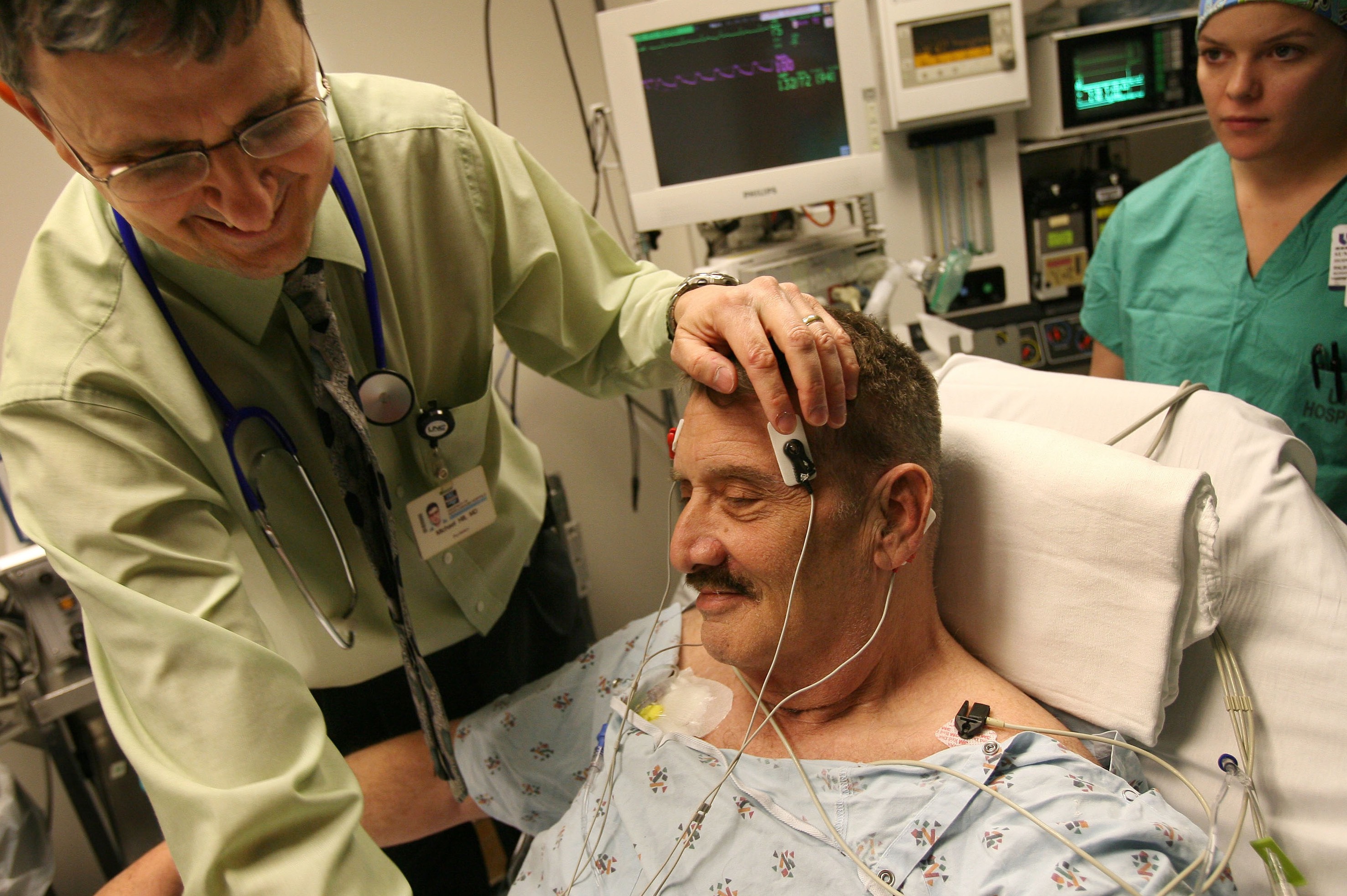
An optional ECT educational video showed the patient’s preparation including insertion of the protective bite block, the ECT suite, the ECT machine itself and the administration of stimulus.
Participants were told how the procedure worked, that it would be safe, take only 15 minutes in most cases and that it may result in some post-treatment confusion and agitation.
Sixteen observers – 76 per cent – rated their experience as comfortable or rewarding, and only five or 24 per cent felt distressed while watching.

Health & Medicine
4 ways tech can help your mental health
There were no adverse events, such as a collapse in the ECT room or a family member feeling such distress that they had to leave the treatment session. Most participants say they would recommend watching the procedure to other relatives and they believed in the benefits of ECT.
“To our knowledge, this is the first systematic study of family presence during ECT,” the researchers said.
“Some participants who felt anxious and distressed in the beginning, later responded that they acquired new and transformative knowledge, and the experience alleviated their fears of ECT. Family presence during ECT may have the potential to spread its practice by reducing stigma and misconceptions.”
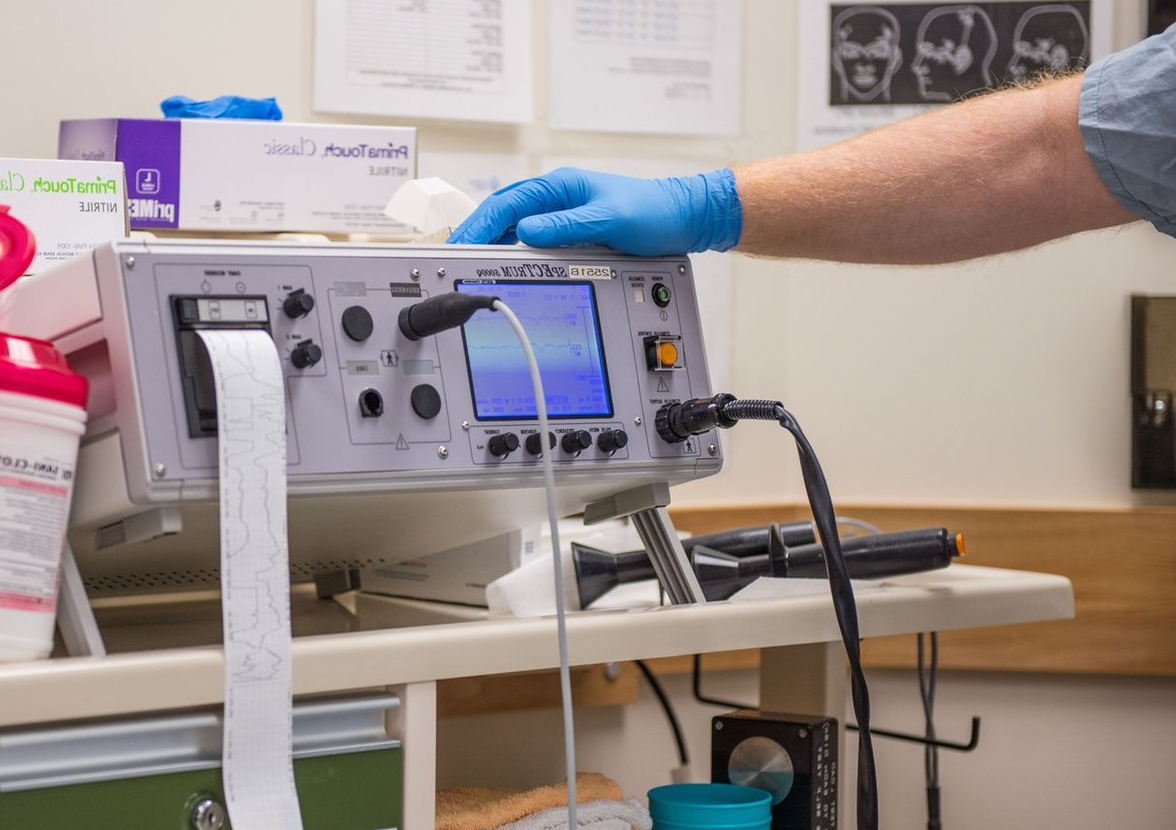
Dr Elias says education could provide the key to improving the image of ECT. For example, the fact that the treatment stimulates, rather than damages, the brain.
“The exact mechanism of how ECT works is not precisely known to scientists,” he says.
“But there are signs to tell us that it works by stimulating the brain, specifically the brain’s seizure shut-down mechanism and, regulating dopamine and norepinephrine, the chemicals that are related to mood and thinking.

Health & Medicine
(Don’t) always look on the bright side of life
“With a series of treatments, usually between six and 10 sessions, patients improve.”
Dr Elias says ECT can work as a stand-alone treatment for mood disorders, or with medication for those with schizophrenia.
“Once patients improve, sometimes ECT is given as a long-term treatment for maintaining improvement. But this is not a stand-alone treatment and is given with antidepressant medications,” he says.
Dr Elias wants to see more ECT research involving larger patient numbers. Education campaigns for the public and for medical professionals to reduce the lingering stigma are also important and he says more loved ones should also be invited to attend treatment sessions.
“In view of the positive results, we believe that attending ECT can allay fears,” he says.
Banner: Getty Images